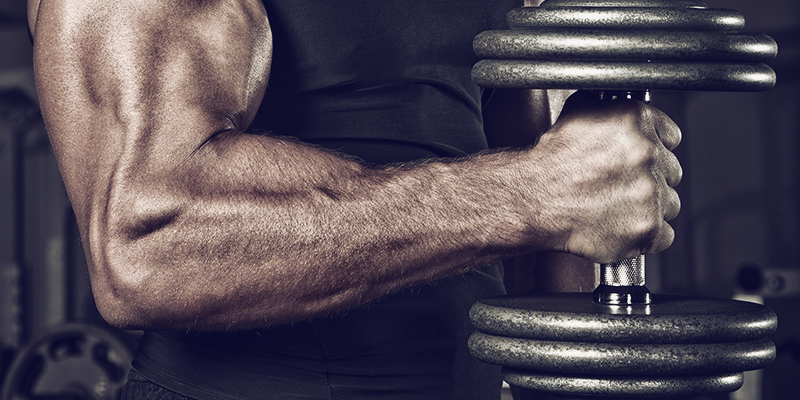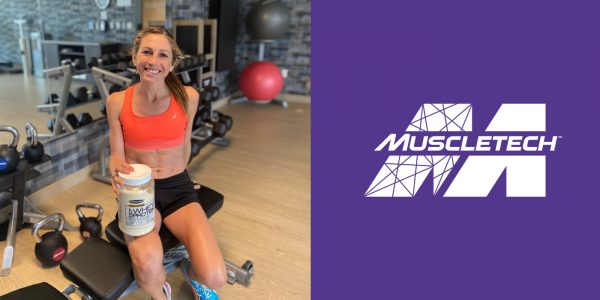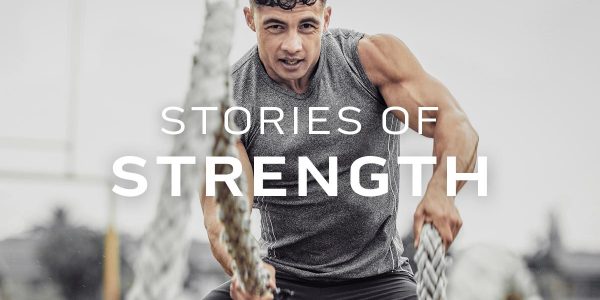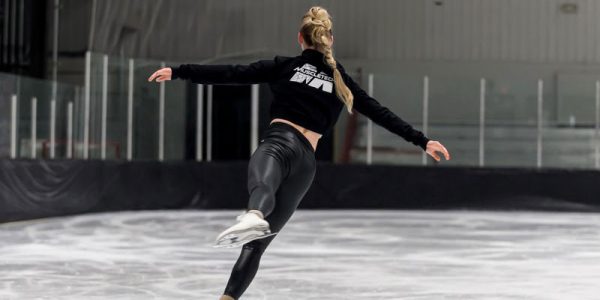A set of giant forearms instantly tells people that you lift, and some bodybuilders are even able to grow their forearms through only indirect work such as lifting and holding heavy barbells and dumbbells when they’re training arms or performing deadlifts and rows.
If you’re not one of these lucky, genetically gifted individuals, you will definitely benefit from some direct forearm work to not just increase your grip strength (which is nice on its own), but also to add some serious size to your arms. The benefits of having a strong grip and forearms go beyond simply giving Popeye a run for his money. A strong grip can translate into both larger biceps, but also more power during other exercises.
However, as with any muscle, you can’t simply do one exercise and expect to grow giant forearms and a handshake-crushing grip! That means adding a few wrist curls to the end of your workout just isn’t going to cut it.
With that said, we’ve put together our top 5 forearm exercises, so you can start building a more menacing set of forearms.
1. WRIST ROLLER
This is the squat of wrist exercises. No doubt at some point during your lifting career you’ve performed these, but you’ve likely performed them inefficiently too. It’s not your fault though – nearly every exercise book and magazine shows a model holding the wrist roller out in front of them, mimicking the end position of a front raise. This turns the exercise into a “how fast can I roll this weight up before my front delts give out” exercise instead of being an exercise that is 100% focused on your forearms.
Perform this exercise with the roller down in front of your waist instead of at eye height. Stand on a bench or box to make up for the height difference.
Perform 3 to 5 sets somewhere in the range of 15 to 30-reps. Starting out with 10 lbs. might be a challenge, but more advanced lifters should be able to do 25 to 50 lbs. with this exercise after a few weeks of training.
2. LEVER LIFTS
Lever lifts are one of the preferred forearm-strengthening exercises for arm wrestlers. These guys have some of the biggest and strongest forearms of any athletes, and they pay extreme attention to their grip and forearm work.
For our purposes, we’ll focus on front lever lifts and rear lever lifts. Front lever lifts are performed by gripping a sledge hammer or similarly weighted pole at its unweighted end, dangling it so the weight is facing down by the side of your body, and repeatedly raising and lowering it without bending your elbow.
For rear lever lifts, the weighted end should be behind you and the non-weighted end should be gripped like a ski pole.
Perform 3 sets of 20 for both front and rear.
3. REVERSE CURLS
Though they’re often overlooked, reverse curls will help add some serious size to the wrist extensors and because of the pronated grip, they maximize the tension on the brachioradialis (outer forearm). This exercise is a lot more difficult than a regular curl, so expect to go down in weight.
Try doing 3 sets of 6 to 8 reps of standing reverse EZ bar curls and another 3 sets of close-grip reverse cable curls.
4. THICK BAR LIFTS
Old time strongmen knew the value of a thick bar for making hands, fingers and forearms bigger and stronger. Thick bars stimulate more muscle activation not just in the hands and forearms, but also in the upper arms.
There are several ways you can increase the thickness of a barbell or dumbbell. One is to simply wrap a towel around the handle. Another is to use a specific grip adapter such as Fat Gripz. Both work great. If you’re lucky enough to train at a gym with thick-bar dumbbells, even better!
In general, try using the thick bar/grip primarily for high-rep back exercises such as dumbbell rows or barbell shrugs, but you can ultimately use them for bench presses, overhead presses, chin-ups, pull-ups, rows, deadlifts, curls, and triceps extensions. For some exercises you’ll need to reduce the weight (in some cases significantly), but after a few weeks of using thick bars it’s possible that you won’t just come back to your previous weight, but that you go beyond your previous training weight.
5. HEAVY STATIC HOLDS
Heavy static holds include the farmer’s walk and static holds of 20 to 60 seconds. These holds allow for very heavy weight and force significant blood flow into your forearms for some pretty intense pumps. Aim for the heaviest weight you can hold for 20 to 60 seconds. If you’re not literally dropping the weight at the one-minute mark, increase the weight. You can perform the farmer’s walk or static holds with dumbbells, kettlebells, or even two barbells.
Tip: To increase the challenge, you can also perform heavy static holds or farmer’s walks with a thick bar.








